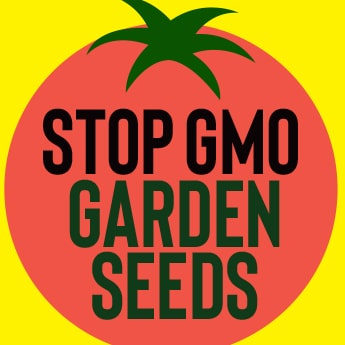Désolé, la version française de cette page ne peut être offerte pour le moment.
GM Apple Not Simple: Letter to Editor
Western Producer
Letters to the editor – July 26, 2012
Posted Jul. 27th, 2012
http://www.producer.com/2012/07/letters-to-the-editor-july-26-2012/
GM APPLE NOT SIMPLE
I did hope that Dr. Wilf Keller, writing in defence of the genetically engineered apple for Ag-West Bio Inc. (Fruit technology reduces food waste, WP op-ed, June 21), would be more precise than the company Okanagan Specialty Fruits when explaining the technology.
Referring to the technology that silenced the genes responsible for the browning process in the apple, Keller says, “silencing does not involve the insertion of genes of a different species into the apple plant. Rather, existing genes responsible for browning within the plant are switched off.”
This description is presumably written to calm consumer nerves but is both factually incorrect and misleading. In fact, the “non-browning” GM apple will have a range of genetic sequences inserted. Modified apple DNA will be inserted along with genetic sequences from at least three different species:
- a regulatory gene switch from a plant virus (Cauliflower Mosaic virus promoter: CaMV 35S)
- a terminator sequence from a bacterium (Agrobacterium tumefaciens taken from its Nopaline synthase gene: nos)
- an antibiotic resistance marker gene from a bacterium (Streptomyces kanamyceticus), here the nptII gene, which confers resistance to the antibiotic kanamycin.
Dr. Keller also appears to be implying that genetically engineering an apple with modified apple DNA would somehow be more benign than using genetic sequences from other species.
This may connect to public perception but is not substantiated by science.
On the contrary, there is evidence to show that unexpected side effects can and do occur with the use of genes or genetic sequences from within the same species.
Also at issue is where in the apple genome the new gene sequences get inserted, as gene insertions and processes of genetic engineering can cause injuries and disruptions (mutations) within the plants’ own genetic makeup.
This question is highly relevant to apple growers. Apple growers may wish to know that the apple genes that are to be switched off in the GM apple are not just responsible for browning but, for example, may also play a significant role in plant resistance and defence against disease and pests.
Such inter-relations, interactions and multi-functionality inside the genome, as well as within the metabolic pathways of organisms, are precisely why genetic engineering is not as simple as companies would like us to believe, and why it deserves stronger scrutiny from our regulatory agencies.
Lucy Sharratt, Coordinator, Canadian Biotechnology Action Network, Ottawa, Ont.





